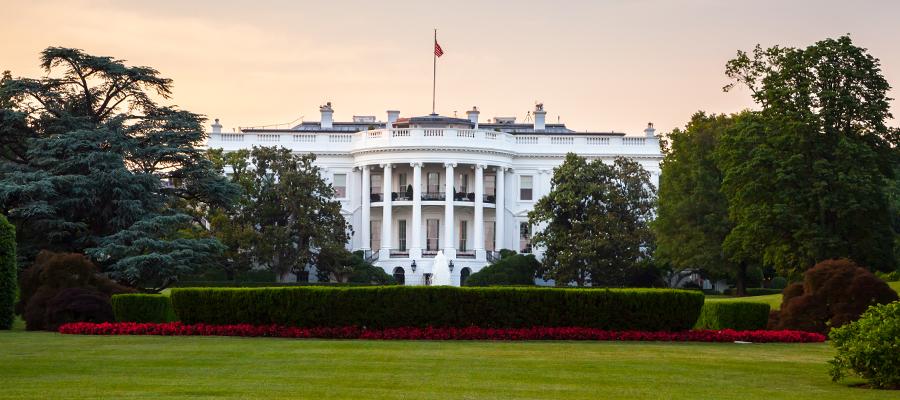White House sets targets for fewer overdose deaths, opioid prescription fills

The White House Office of National Drug Control Policy seeks by 2022 to reduce drug overdose deaths and youth illicit drug use by 15 percent and opioid prescription fills by one third, according to goals released Friday for its National Drug Control Strategy. Among other goals for 2022, the office aims to have 20 percent of specialty treatment facilities providing medication-assisted treatment, 10 percent of practitioners certified to prescribe and dispense buprenorphine for opioid use disorder, and 72 percent of federal prescribers complete continuing education on opioid best practices and clinical guidelines. It also aims to increase to 30 the number of states integrating electronic health records with their prescription drug monitoring programs. The office released its National Drug Control Strategy in February to guide federal efforts to reduce the availability and use of illicit drugs and barriers to substance use disorder treatment.

